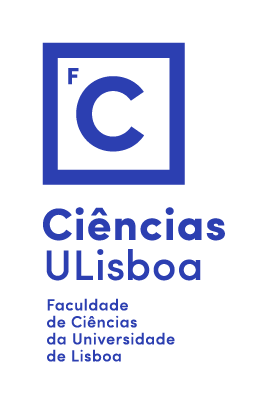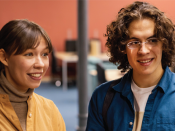Por Caren Norden (Gulbenkian Institute for Molecular Medicine, Rua da Quinta Grande 6, 2780-156 Oeiras, Portugal).
Abstract: Using the retinal and hindbrain neuroepithelium as a model tissues, I will discuss the role of nuclear dynamics, packing and overall nuclear properties in the process of neuroepithelial maturation. We find that nuclear packing reaches a theoretical maximum at stages of neurogenesis onset. If this neurogenesis onset, and thereby delamination, is prohibited by genetic intervention, the tissue buckles and bends. This leads to the working hypothesis that when nuclear packing reaches a maximum, neurogenesis onset and cell delamination are responsible for stress release and to maintain tissue shape. In another line of research, we change nuclear properties themselves by overexpressing Lamin A. We find that this treatment leads to stiffer and less deformable nuclei. This, in turn, leads to impaired nuclear migration. Interestingly, the impact on nuclear movements depends on tissue context and packing ratio. Together, these findings indicate that material properties of nuclei, cell autonomously and non-cell autonomously, can influence nuclear migration and later neuronal lamination in densely packed developing brain tissues in vivo.


















